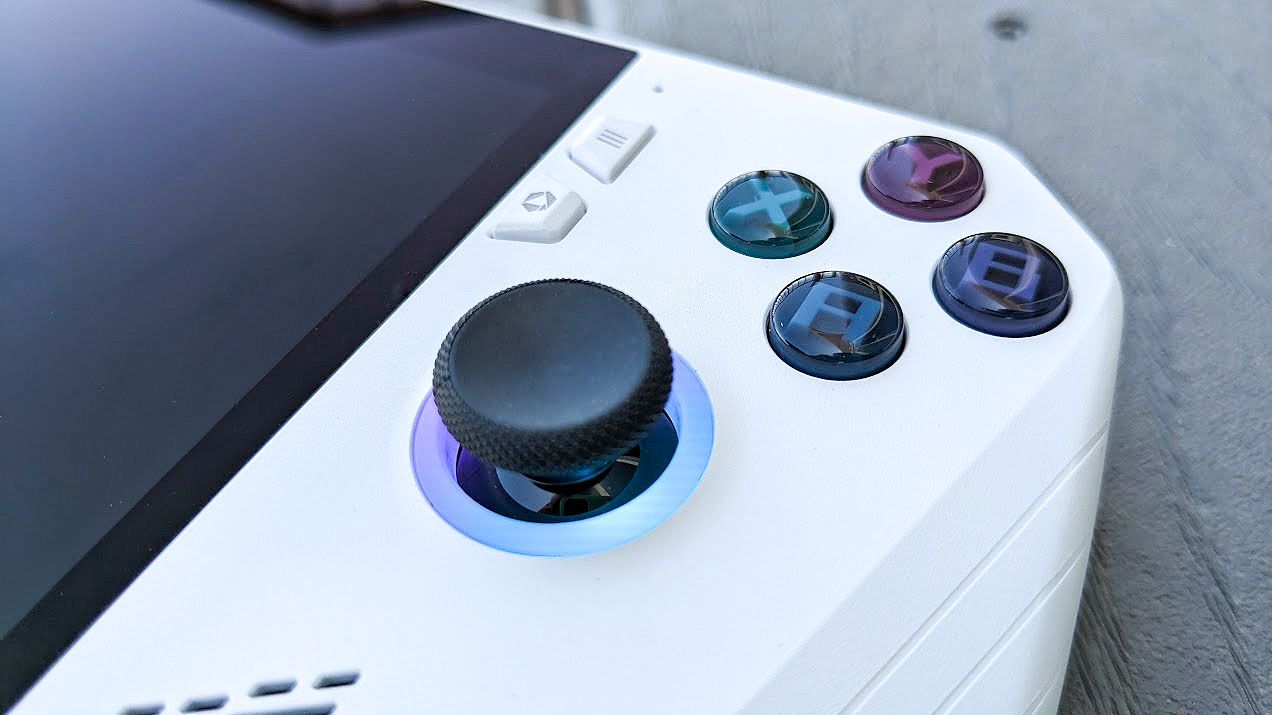
I've gotten hundreds of hours of enjoyment out of my Steam Deck, ASUS ROG Ally, Lenovo Legion Go, and other portable gaming devices.
Something I've learned is that while there are several accessories that can improve your handheld gaming PC sessions, there is one cheap accessory that every handheld owner should use.
I'm talking about none other than a 90-degree USB-C to USB-C adapter.
This simple $10 purchase can help protect your USB-C port from being damaged while also making it a little easier for your charging cable to reach its intended slot.
Why you should get a USB-C adapter for your handheld
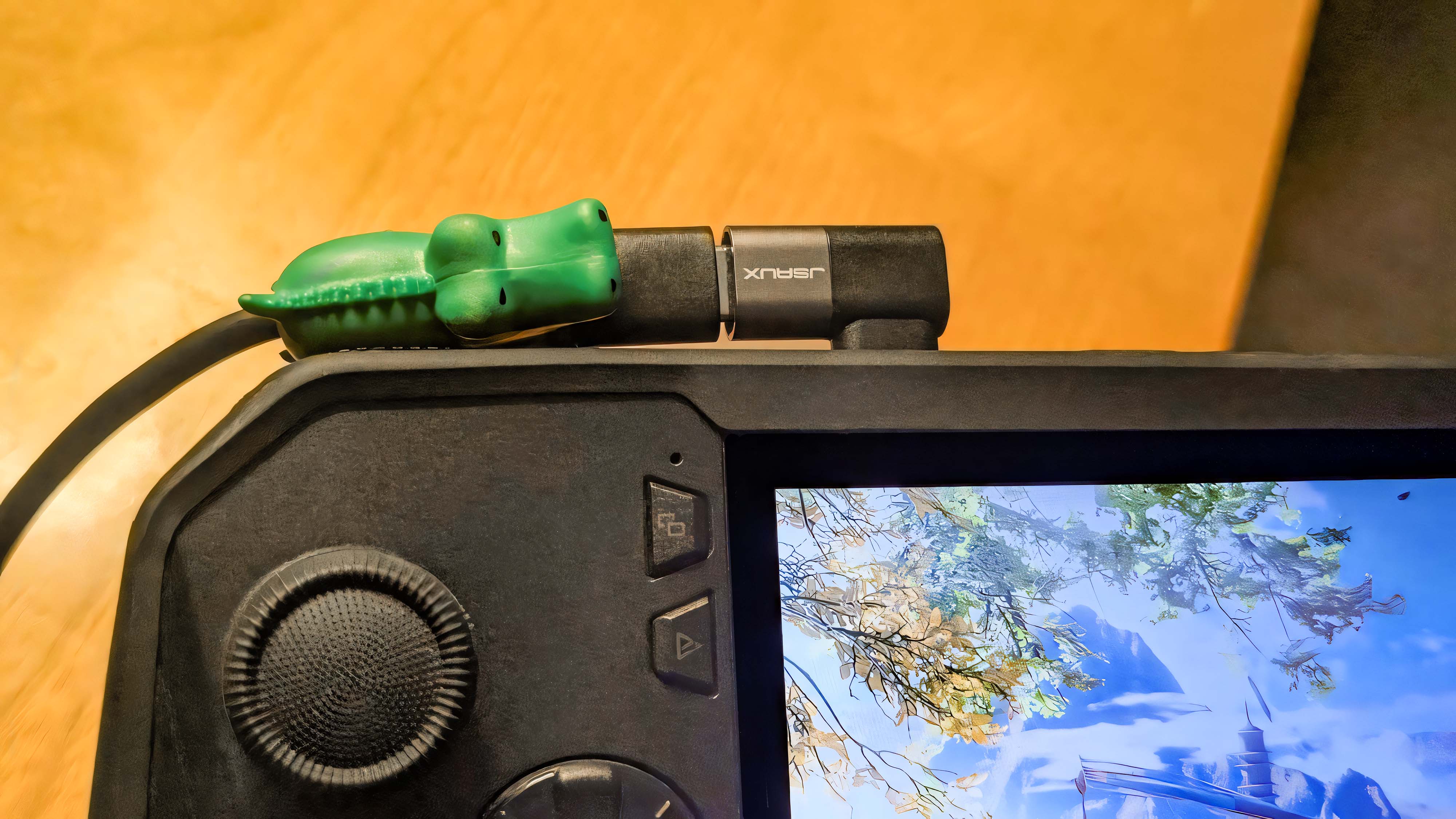
Since battery life still isn't great on PC gaming handhelds, I tend to play many of these devices while plugged into either a docking station, power bank, or a charging cable. I'm sure many of you do too.
The problem is that charging ports located on the top (and sometimes bottom) of a handheld force a cable to bend quite a bit in order to plug into the port. This can often put strain on both the USB-C port and the USB-C cable while playing plugged in. Over time, repeated strain can weaken the cable or loosen the port.
Obviously, a weakened USB-C cable or a loose USB-C port are both problematic, since they can make it hard or impossible to charge your device unless you replace the cable or get the handheld repaired (which can be costly).
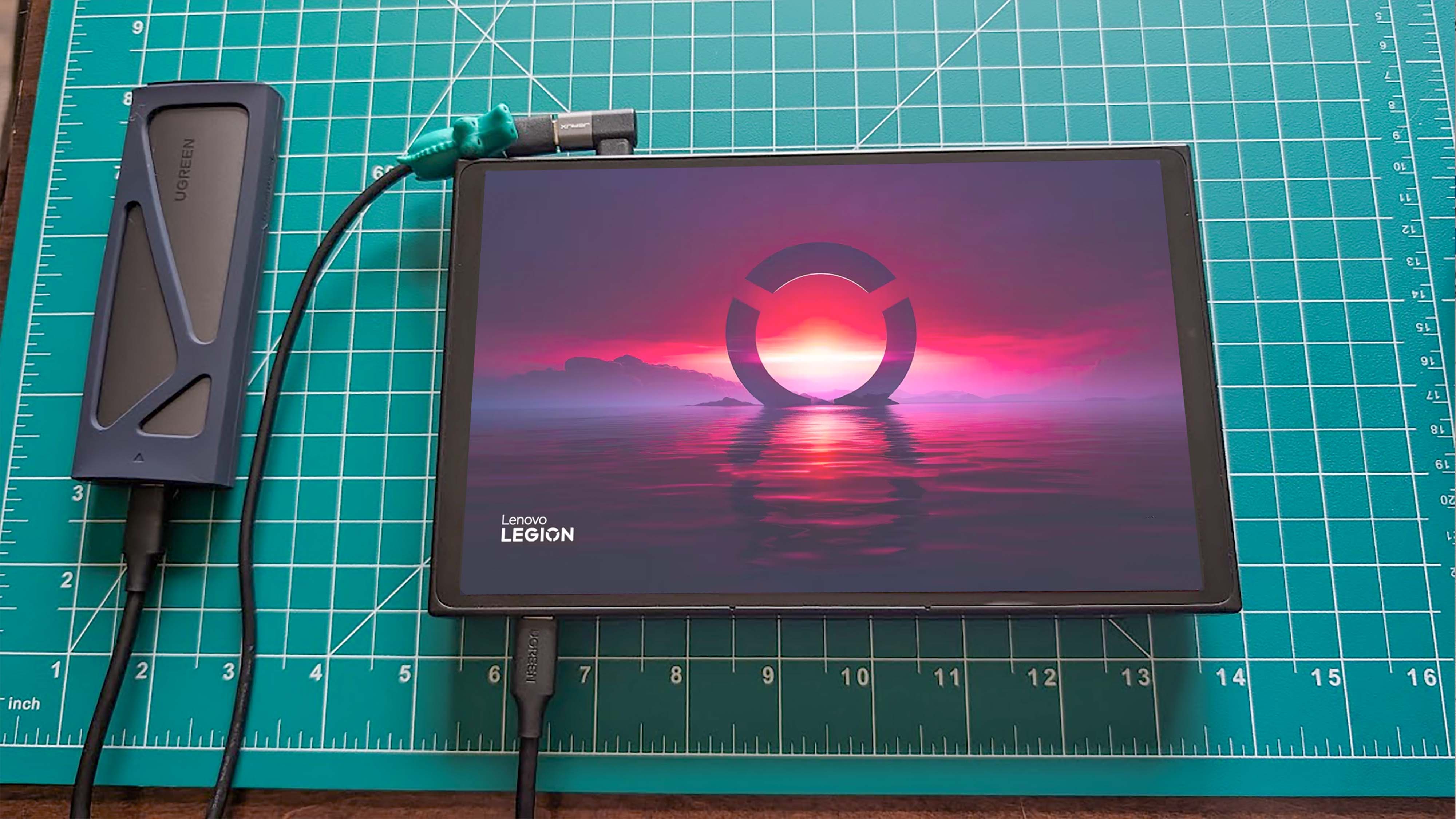
That's why I use a 90-degree USB-C adapter on my Steam Deck, ROG Ally, and Legion Go to prevent this from happening in the first place. As an added precaution, I also use a rubber cable protector shaped like an alligator to hold my cable straighter.
Unfortunately, this green little guy is no longer available, but there are plenty of other cable protectors on Amazon for super cheap if you're interested in one. As a recent example, you can see that I used the cable protector and the USB-C adapter in my guide on how to upgrade the Legion Go SSD (as seen in the image above).
You still want to make sure that you don't put a lot of strain on the adapter, but since the cable doesn't have to bend to a right angle to plug in, it puts a lot less strain on both the handheld and the cable, thus reducing the likelihood of damage.
Of course, if a 90-degree adapter doesn't seem like quite the right fit for your handheld, you might want to consider getting a 180-degree adapter instead.
I particularly find these 180-degree adapters useful when connecting a handheld to a docking station, since they help many of the shorter built-in USB-C cables reach the ports without bending or straining.
I also recommend these helpful USB-C to USB-A adapters when connecting accessories
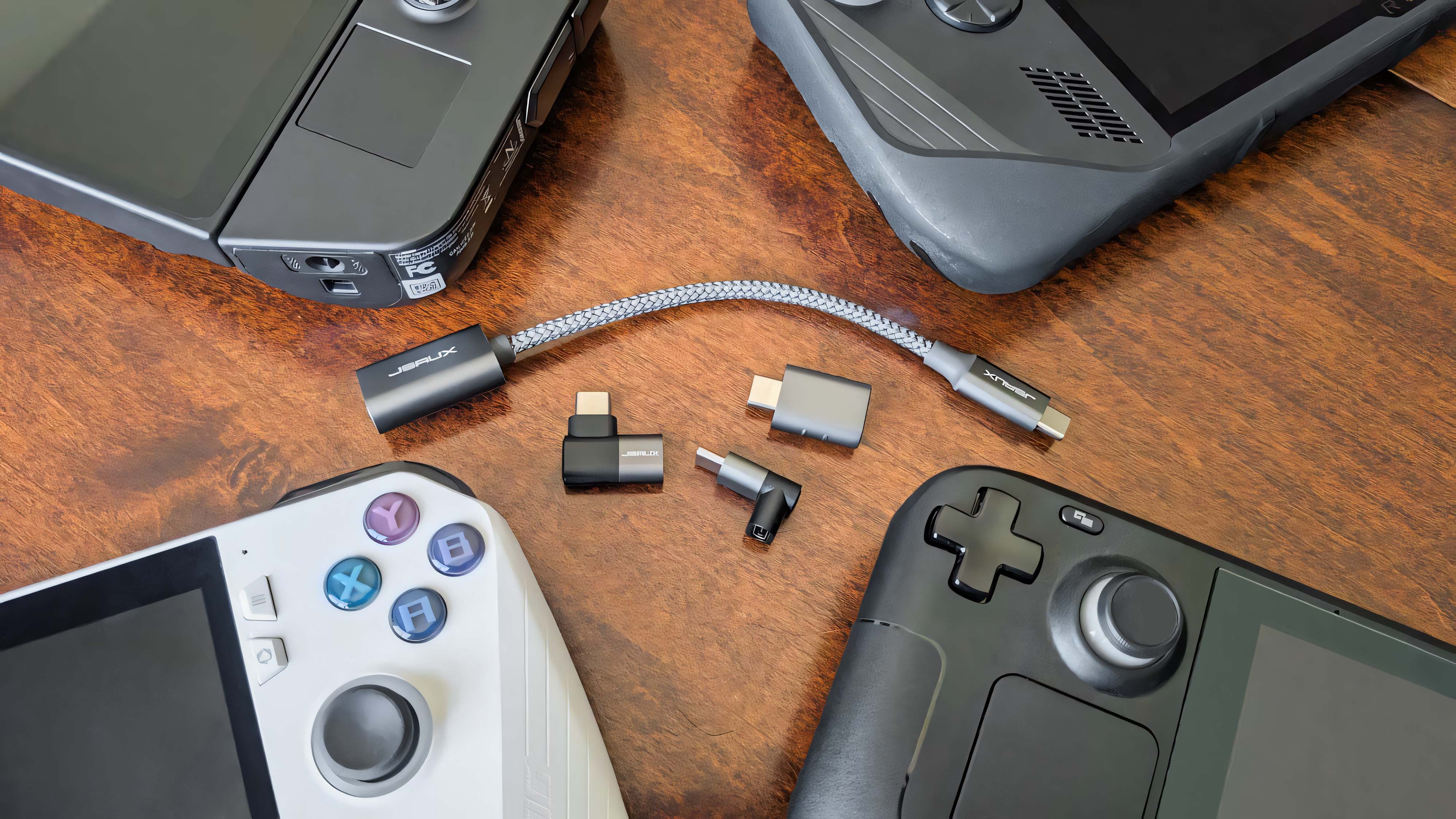
Now, if you're like me and tend to use several accessories that connect to devices via USB-A, then you'll want to get a USB-C to USB-A adapter.
I myself own and use the Syntech USB-C to USB-A Adapter and the JSAUX USB-C to USB-A Adapter regularly with my headset, keyboard, and other accessories.
The Syntech one is straightforward and gets the job done without any extra fuss. I particularly like its small size, which also makes it easy to slip into my handheld carrying cases or a travel bag when I go on trips.
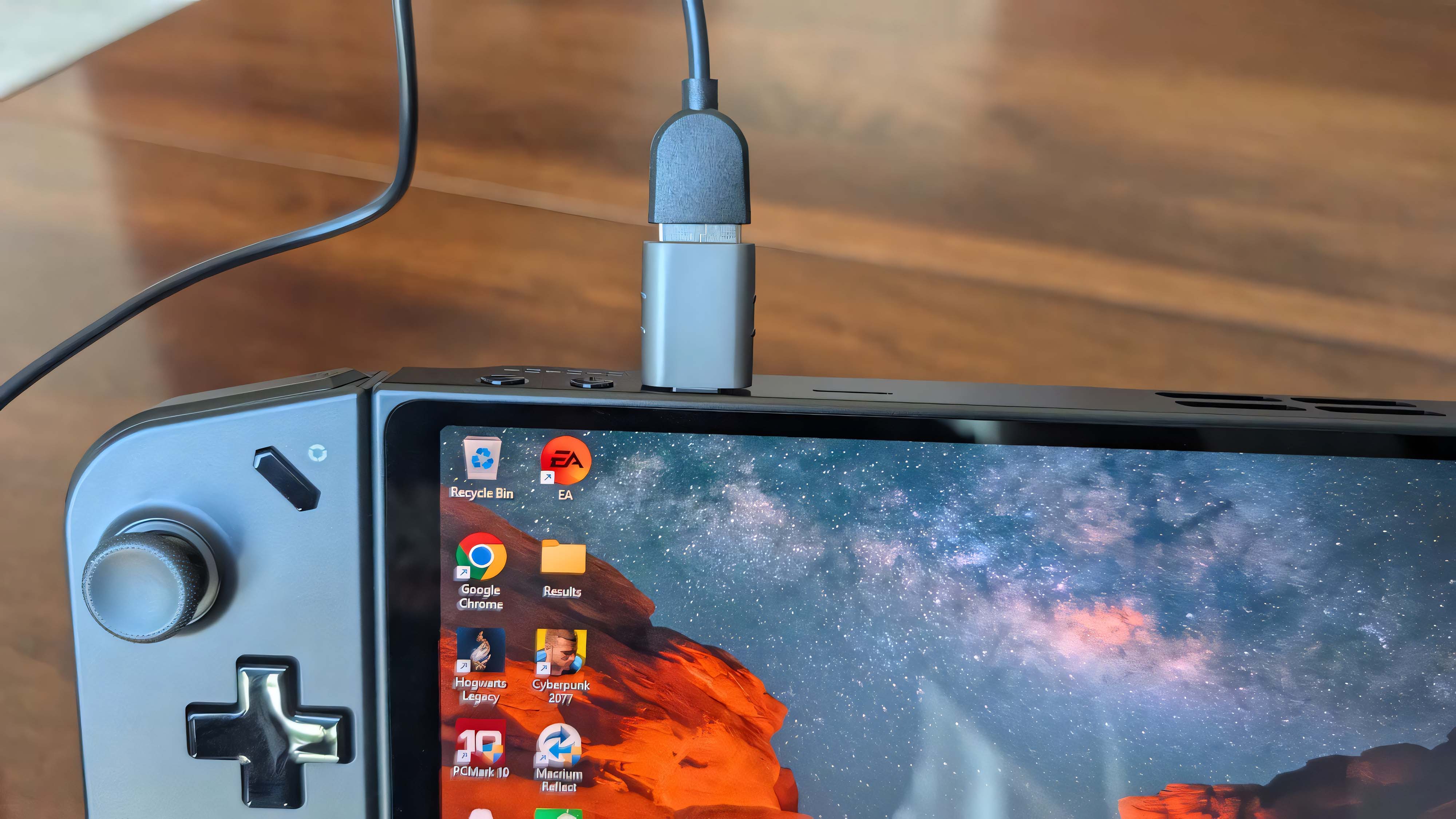
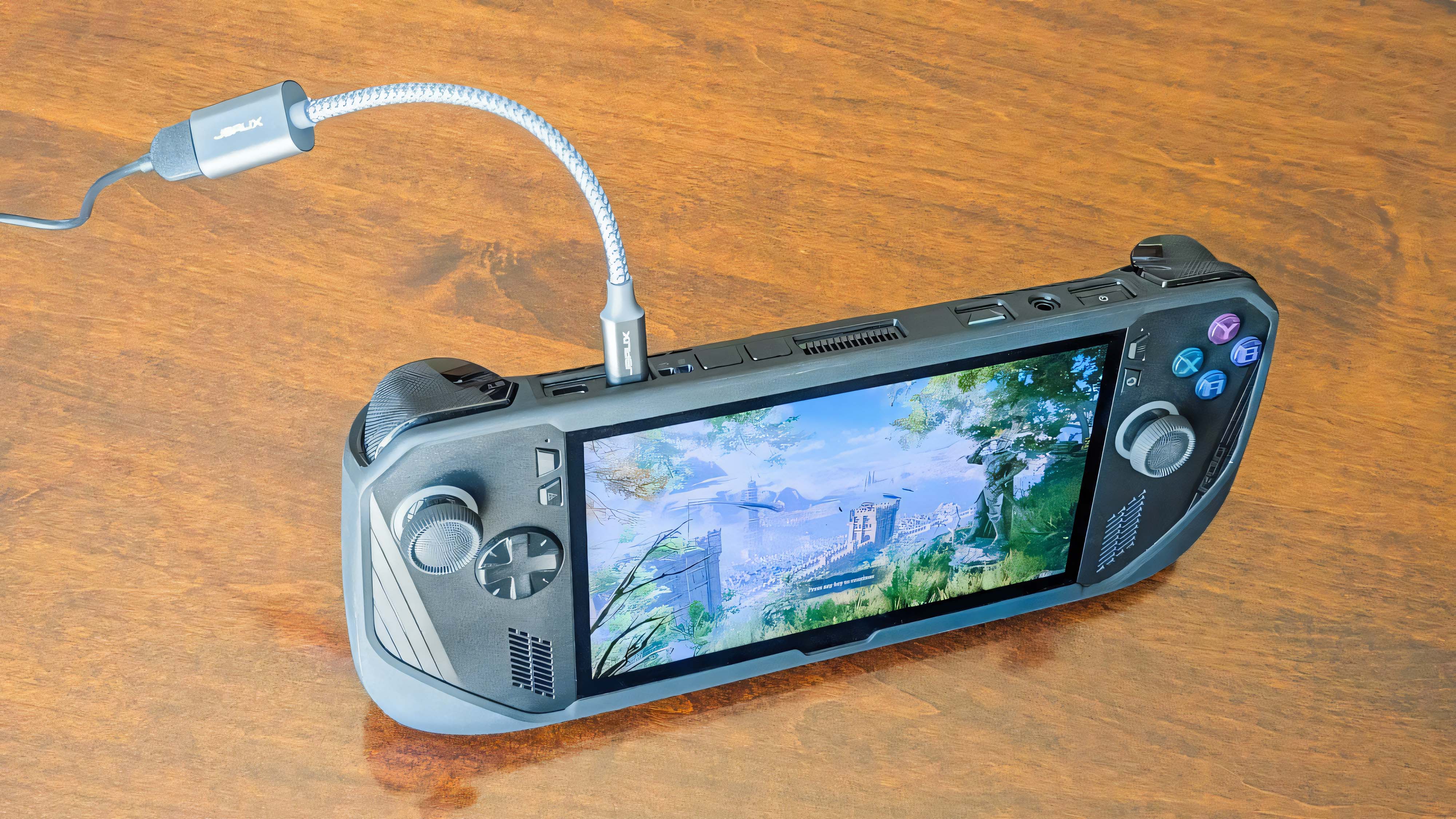
However, there have been times when the JSAUX USB-C to USB-A 3.0 Adapter's longer design with the braided cable has made it easier for certain accessories to get plugged in.
For example, when using my Legion Go's bottom port, I've found that I like having the braided cable adapter in use rather than the more compact Syntech adapter since it gives me a bit more wiggle room.
Plus, the slimmer shape around the USB-C on this JSAUX adapter allows it to fit into the port's holes on my JSAUX ROG Ally ModCase, whereas the Syntech Adapter's larger casing prevents it from working with the protective handheld case.
Protect your handheld and make it more convenient to use
The last thing I want is for my expensive gaming handhelds to get damaged due to my regular playing sessions, and that's why it's important for me to use a USB-C adapter to protect my handhelds' USB-C ports and their charging cables.
These adapters hardly cost anything, and having the peace of mind that I'm potentially helping my handhelds last longer is worth the minor cost.







